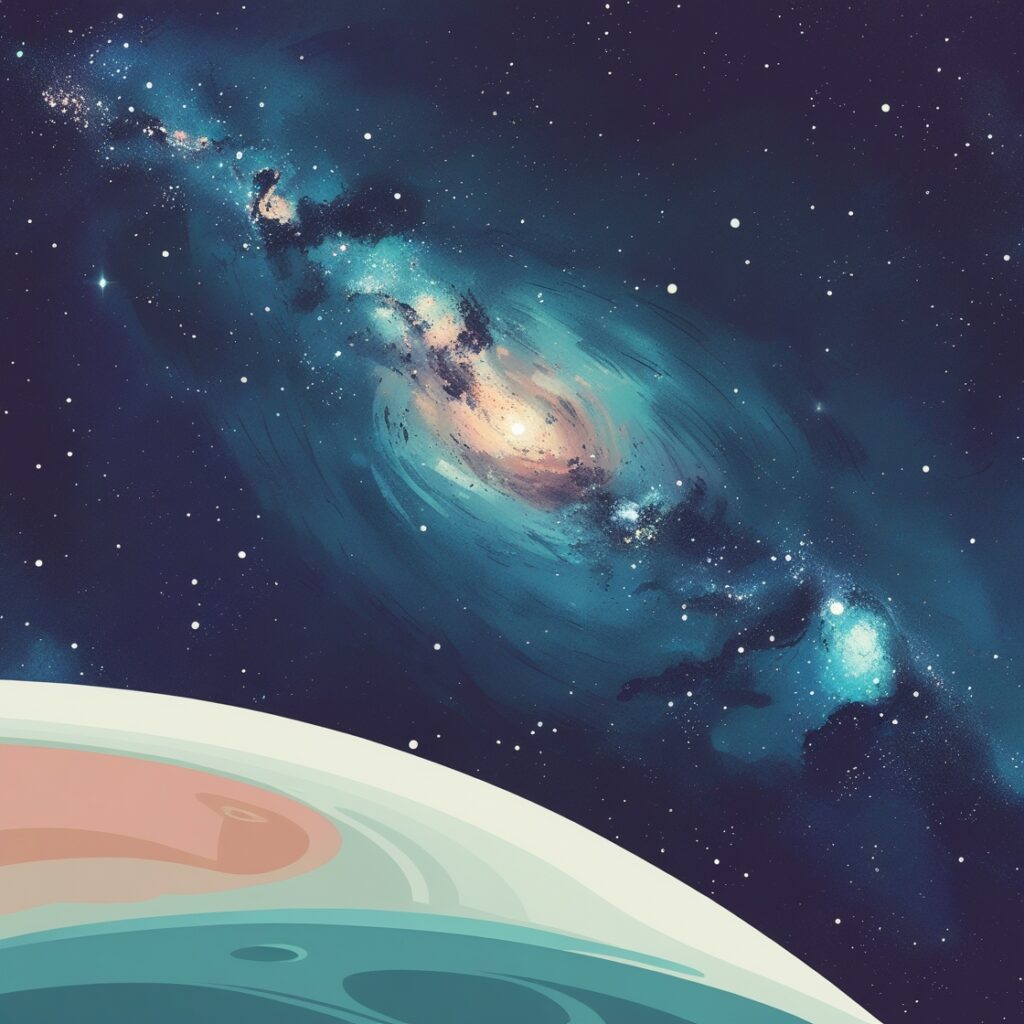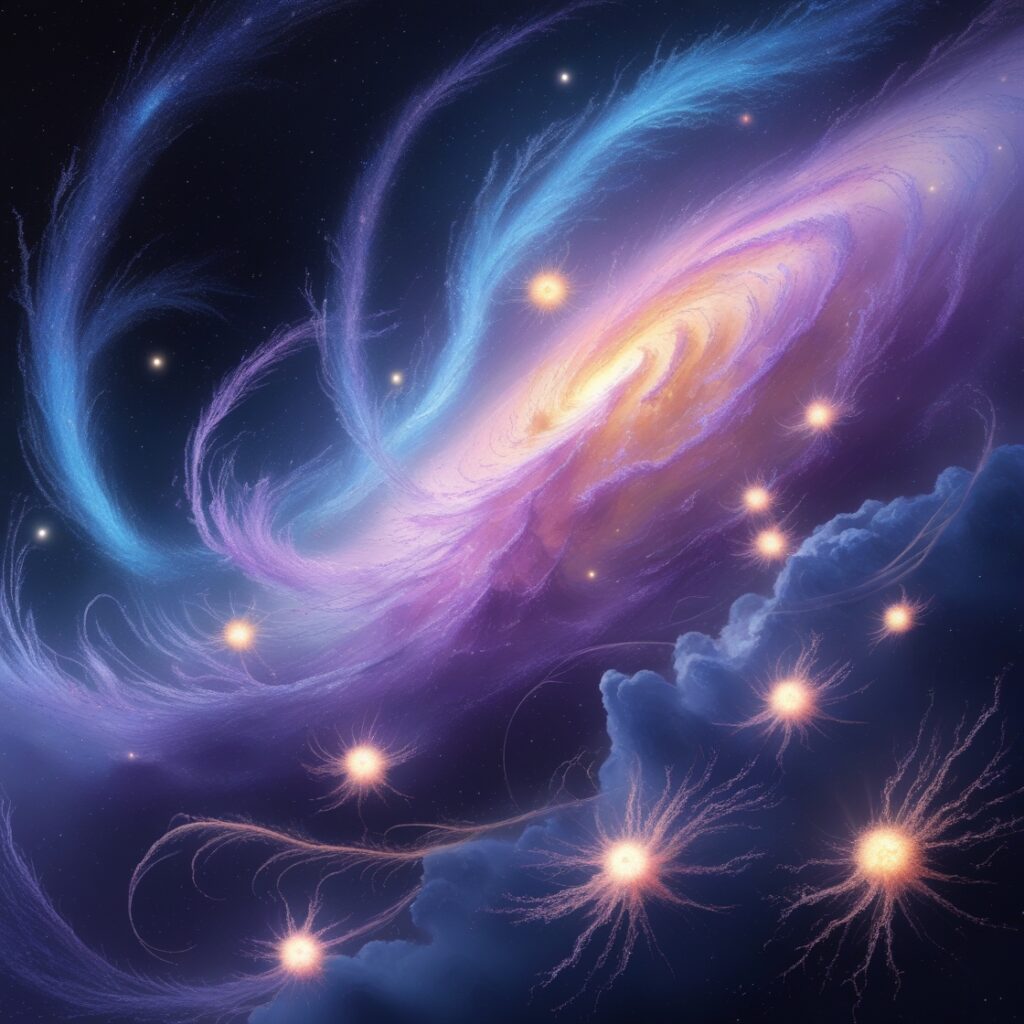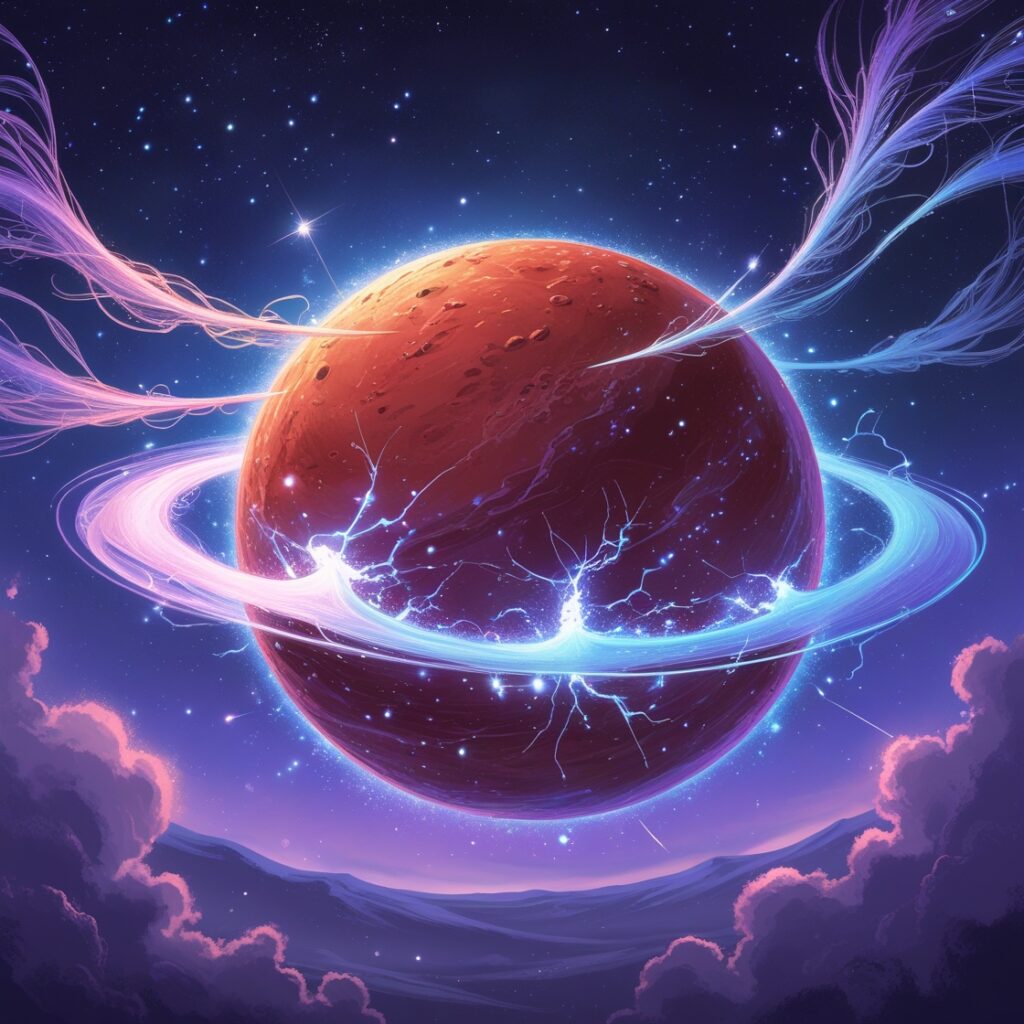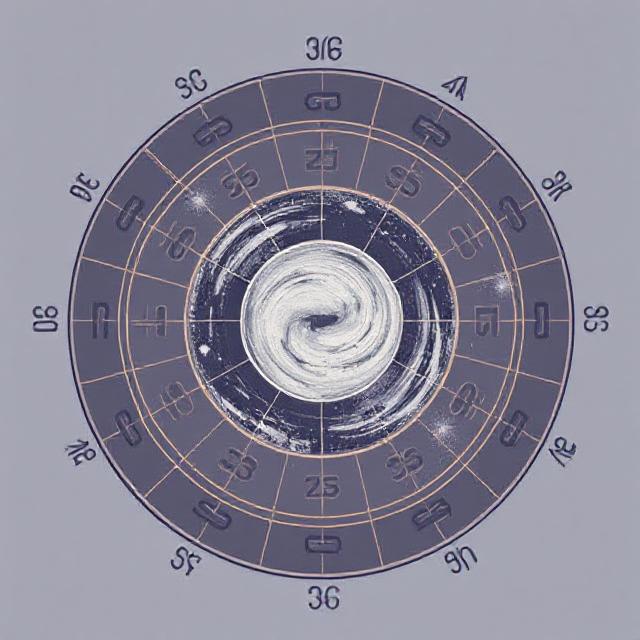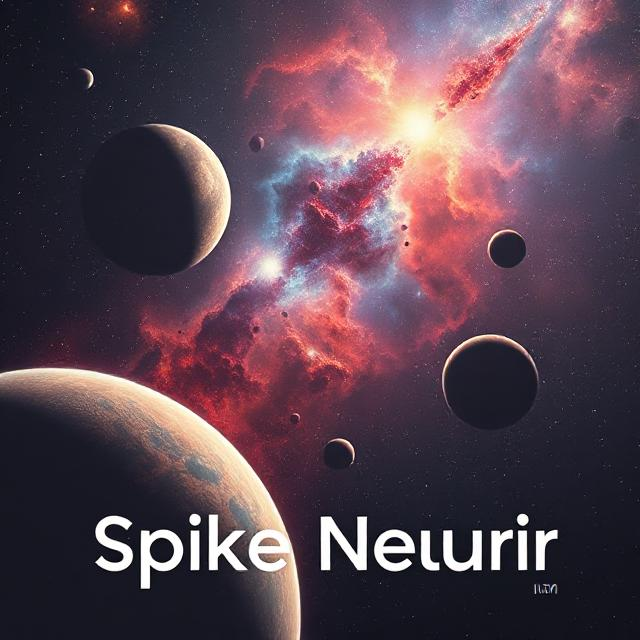Astronomers Discover Ancient Galactic Remnant from Universe’s Dawn


Unlocking the Secrets of Galaxy Star Formation Cessation
Galaxies are vast collections of stars, gas, and dust, continuously creating new stars from their interstellar materials. However, the recent discovery of a galaxy that ceased star formation 13 billion years ago is challenging our understanding of these cosmic phenomena. This remarkable finding, captured by the James Webb Space Telescope (JWST), could provide significant insights into why certain galaxies abruptly halt their stellar production.
The Enigmatic Galaxy JADES-GS-z7-01-QU
JWST’s observations of the galaxy known as JADES-GS-z7-01-QU reveal a stunning truth: this galaxy stopped creating stars just 700 million years after the Big Bang. The galaxy’s light has taken over 13 billion years to reach us, allowing scientists a glimpse into its ancient past. According to a study published in Nature, the galaxy experienced a brief yet intense period of star formation, lasting only 30 to 90 million years, before falling into dormancy.
Understanding Star Formation
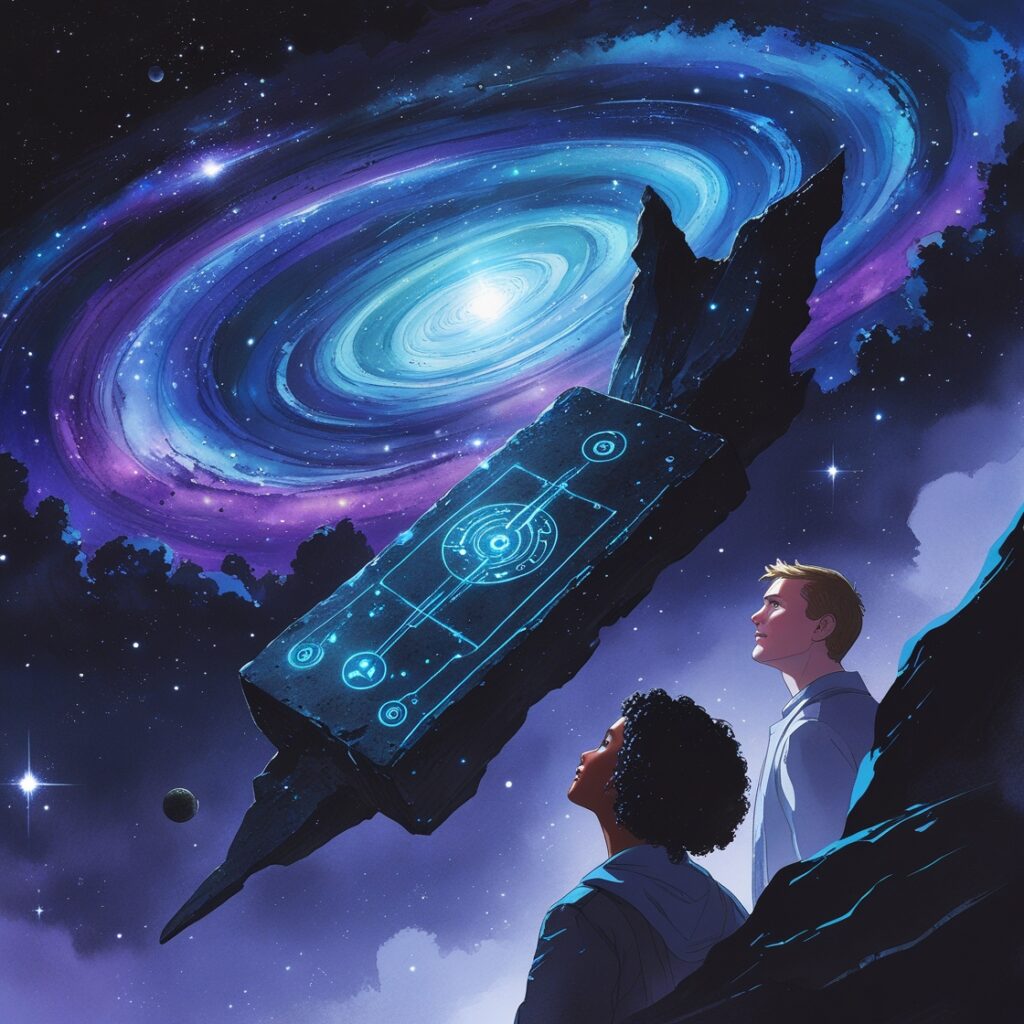

Galaxies typically transition from active star formation to a dormant state in the early universe much faster than previously thought, as noted by Tobias Looser, a researcher at the Kavli Institute for Cosmology. This rapid shift could be caused by a supermassive black hole at the galaxy’s center, expelling the dust and gas needed for star creation. Alternatively, the galaxy might have exhausted its resources by forming stars too quickly, starving itself of the essentials for further development.
The Phenomenon of “Dead” Galaxies
The concept of “dead” galaxies—galaxies that have ceased forming stars—is not novel. By the time the universe was roughly 3 billion years old, many massive galaxies had already stopped star formation. Observations from the Hubble Space Telescope and ESO’s Very Large Telescope show that these galaxies cease star creation at their cores, with activity dwindling from the inside out. Elliptical galaxies, such as IC 2006, exemplify this phenomenon, with star formation occurring only at the periphery.
Investigating the Causes
The reasons behind this sudden cessation of star formation can be attributed to various factors. According to a 2021 study in Nature, disruptions in gas flow into galaxies might prevent the replenishment necessary for star production. Additionally, galactic mergers and collisions could heat or strip gas, hindering the formation of new stars. The JADES team aims to find more galaxies like JADES-GS-z7-01-QU to understand better how and why galaxies stop birthing stars.
As Francesco D’Eugenio, a co-author of the study, highlights, future observations are essential to determine whether early galaxies experience a cycle of “death” and rebirth. By further exploring these celestial bodies, astronomers hope to unravel the complex processes that govern galaxy evolution and star formation across the universe.



